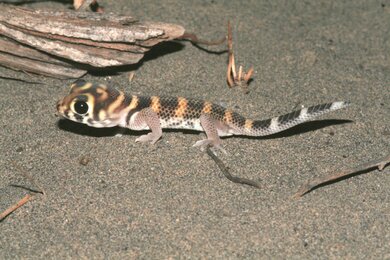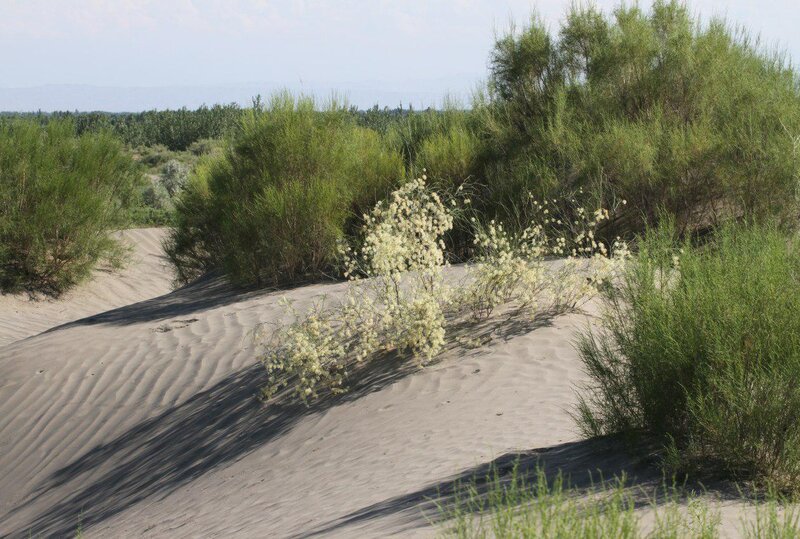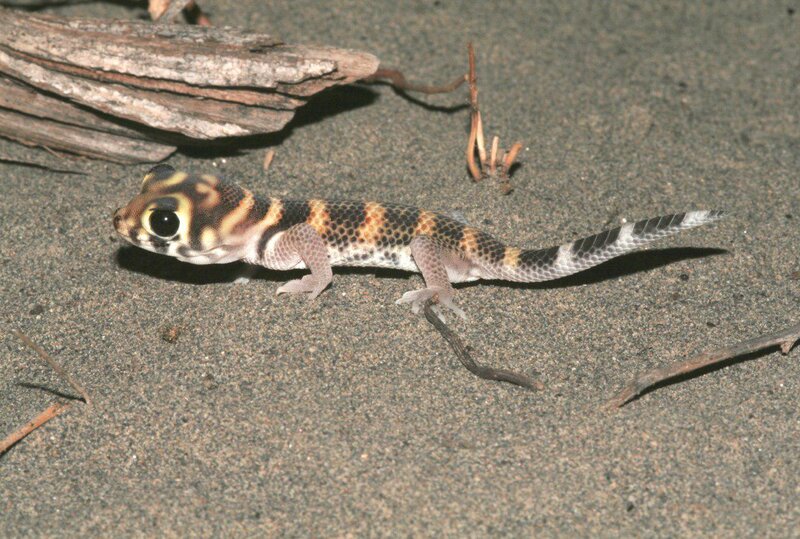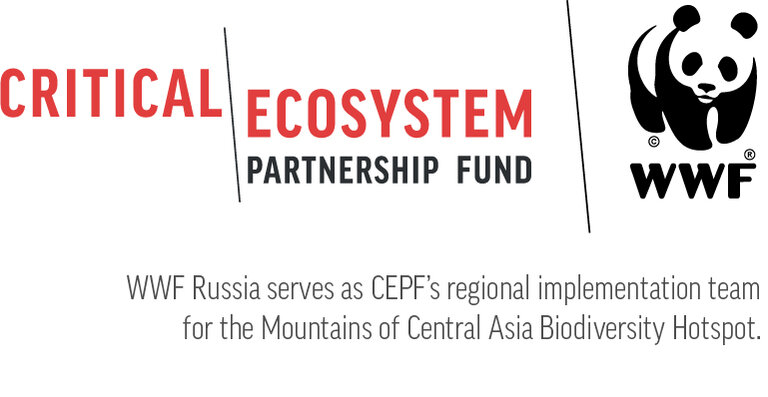Uzbekistan
Conservation of key natural complexes in the Fergana Valley (Republic of Uzbekistan)
Fauna and flora of Central Asia is quite old and have many endemic species. Fergana valley is the most densely populated region in Uzbekistan and faces with the further converting nature landscape into arable lands. For example, Akkum sands, located in Karakalpak steppe used to be a habitat for goitered gazelles, saigas, kulans and other animals. Nowadays it has 13 isolated areas. However, the site continues to be unique, in terms of landscape and due to the fauna-floristic composition.
Though the presence of 14 restricted range endemics and a number of rare species with the wider range, the territory of the Fergana valley does not have protected areas with high IUCN categories. Protected areas are represented by natural monuments, one of these territories is KBA UZB 014 "Akkum Sands”, which includes 2 state natural monuments “Yazyavan Sands” (1820.4 ha) and “Mingbulak” (1000 ha).
This project studied the unique biota of sandy areas of the Fergana and Namangan provinces in order to enhance their conservation value. Within the project, the scientists discovered two new species of gecko (Alsophylax ferganensis and Alsophylax emilia). According to the decree of the Cabinet of Ministers of Uzbekistan No. 171 from 31.05.2023, the new national park will be established in Fergana valley with the rough area 100 000 ha in 2024. The justification of the new proposed protected area has been prepared by the project team.

Uzbekistan
Protected areas: natural landscape of the sandy areas of the provinces Fergana and Namangan
Location: Usbekistan
Duration: 01.2021 – 08.2023

Rustam Murzakhanov
Expertise: Protected area management, ecosystem services, biosphere reserves
Tel +49 3834 45284 28
- Leaflet Fergana Valley: uzbek | russian
- Poster/ Calendar monitor lizard: uzbek | russian
- The Fergana Valley Is an Isolate of Biodiversity: A Discussion of the Endemic Herpetofauna and Description of Two New Species of Alsophylax (Sauria: Gekkonidae) from Eastern Uzbekistan
- Point of view. Yazyavan sands will disappear soon? (article in Uzbek)
- Yazyavan sands in Fergana valley (video in Russian)
- Yazyavan sands are still under agriculture development. Why it is important to stop it. (article in Russian)
- Why it is important to protect and conserve key biodiversity areas in Fergana valley (article in Russian)
- Neue Geckoart in Usbekistan entdeckt (article in German)
The project was implemented with the support of WWF (World Wide Fund for Nature) and CEPF (Critical Ecosystem Partnership Fund). The Critical Ecosystem Partnership Fund is a joint initiative of l’Agence Française de Développement, Conservation International, the European Union, the Global Environment Facility, the Government of Japan and the World Bank. A fundamental goal is to ensure civil society is engaged in biodiversity conservation.



